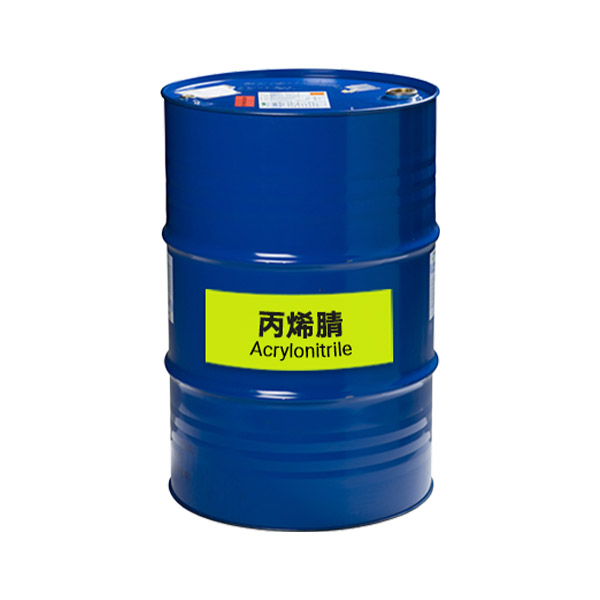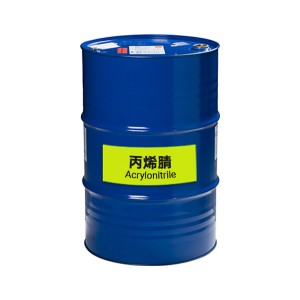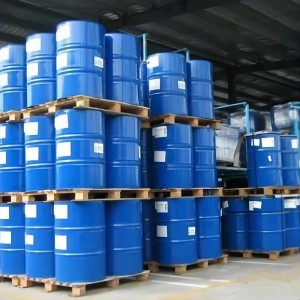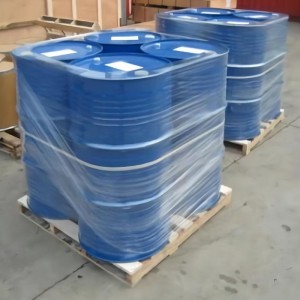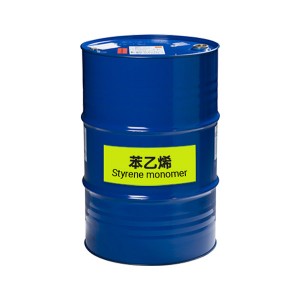
Products
Acrylonitrile for styrene-acrylonitrile
Acrylonitrile for styrene-acrylonitrile,
Acrylonitrile for resins, Acrylonitrile for SAN resins,
Product Features
|
Product Name |
Acrylonitrile |
|
Other Name |
2-Propenenitrile, Acrylonitrile |
|
Molecular Formula |
C3H3N |
|
CAS No |
107-13-1 |
|
EINECS No |
203-466-5 |
|
UN NO |
1093 |
|
Hs Code |
292610000 |
|
Molecular weight |
53.1 g/mol |
|
Density |
0.81 g/cm3 at 25℃ |
|
Boiling point |
77.3℃ |
|
Melting point |
-82℃ |
|
Vapor pressure |
100 torr at 23℃ |
|
Solubility Soluble in isopropanol, ethanol, ether,acetone, and benzene Conversion factor |
1 ppm = 2.17 mg/m3 at 25 ℃ |
|
Purity |
99.5% |
|
Appearance |
Colorless transparent liquid |
|
Application |
Used in the manufacture of polyacrylonitrile, nitrile rubber, dyes, synthetic resins |
Certificate of Analysis
|
Test |
Item |
Standard Result |
|
Appearance |
Colorless transparent liquid |
|
|
Color APHA Pt-Co :≤ |
5 |
5 |
|
acidity(acetic acid)mg/kg ≤ |
20 |
5 |
|
PH(5% aqueous solution ) |
6.0-8.0 |
6.8 |
|
Titration value (5% aqueous solution ) ≤ |
2 |
0.1 |
|
Water |
0.2-0.45 |
0.37 |
|
Aldehydes value(acetaldehyde)(mg/kg) ≤ |
30 |
1 |
|
Cyanogens value (HCN) ≤ |
5 |
2 |
|
Peroxide(hydrogen peroxide)(mg/kg) ≤ |
0.2 |
0.16 |
|
Fe (mg/kg) ≤ |
0.1 |
0.02 |
|
Cu (mg/kg) ≤ |
0.1 |
0.01 |
|
Acrolein (mg/kg) ≤ |
10 |
2 |
|
Acetone ≤ |
80 |
8 |
|
Acetonitrile (mg/kg) ≤ |
150 |
5 |
|
Propionitrile (mg/kg) ≤ |
100 |
2 |
|
Oxazole (mg/kg) ≤ |
200 |
7 |
|
Methylacrylonitrile (mg/kg) ≤ |
300 |
62 |
|
Acrylonitrile Content(mg/kg) ≥ |
99.5 |
99.7 |
|
Boiling range (at 0.10133MPa),℃ |
74.5-79.0 |
75.8-77.1 |
|
Polymerization inhibitor (mg/kg) |
35-45 |
38 |
|
Conclusion |
The results conform with enterprise stand |
|
Package and Delivery
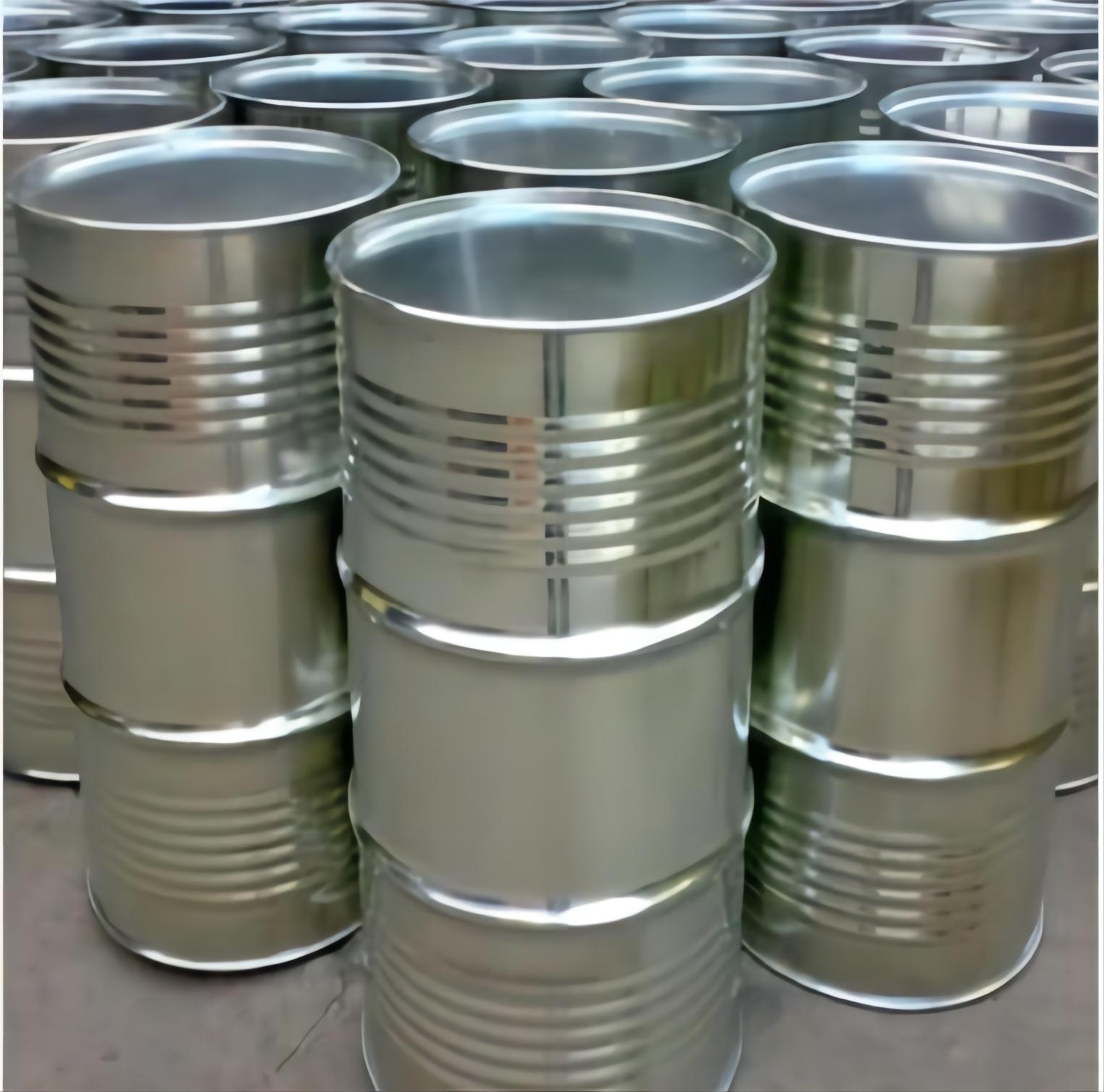
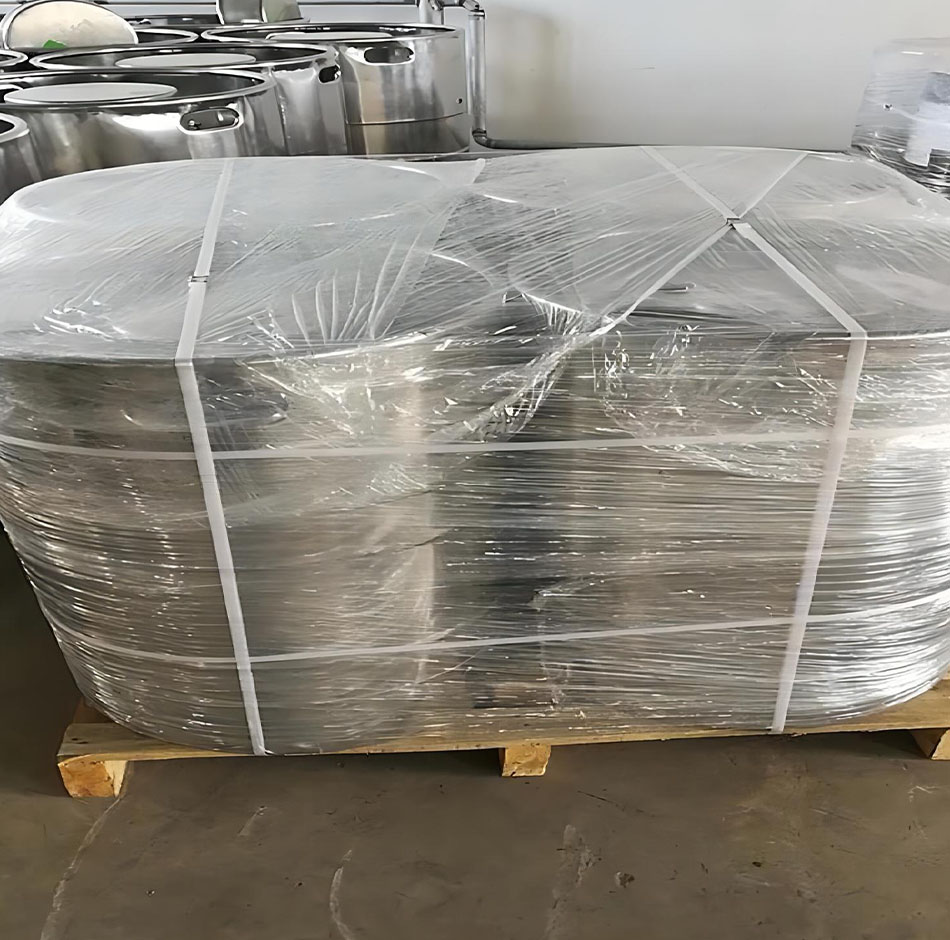
Product Application
Acrylonitrile is produced commercially by propylene ammoxidation, in which propylene,ammonia, and air are reacted by catalyst in a fluidized bed. Acrylonitrile is used primarily as a co-monomer in the production of acrylic and modacrylic fibers. Uses include the production of plastics, surface coatings, nitrile elastomers, barrier resins, and adhesives. It is also a chemical intermediate in the synthesis of various antioxidants, pharmaceuticals, dyes, and surface-active.
1. Acrylonitrile made of polyacrylonitrile fiber, namely acrylic fiber.
2. Acrylonitrile and butadiene can be copolymerized to produce nitrile rubber.
3. Acrylonitrile, butadiene, styrene copolymerized to prepare ABS resin.
4. Acrylonitrile hydrolysis can produce acrylamide, acrylic acid and its esters.
Styrene-acrylonitrile (SAN) resins are optically clear resins applied in a variety of end uses including housewares and consumer goods, various compounded products, packaging, appliances (electrical and electronic), medical applications, and certain automotive applications. In these markets, SAN is used for its rigidity, clarity (although various compounded grades are translucent or opaque), excellent gloss, heat resistance, good processability, load-bearing strength, and resistance to chemicals. Acrylics, polystyrene, polycarbonate, polyvinyl chloride (PVC), and clear acrylonitrile-butadiene-styrene (ABS) are among SAN resins’ main competitors. SAN resin production for ABS and weatherable polymers is not covered in this report, nor is captive use of styrene and acrylonitrile for SAN-type polymeric polyols.

